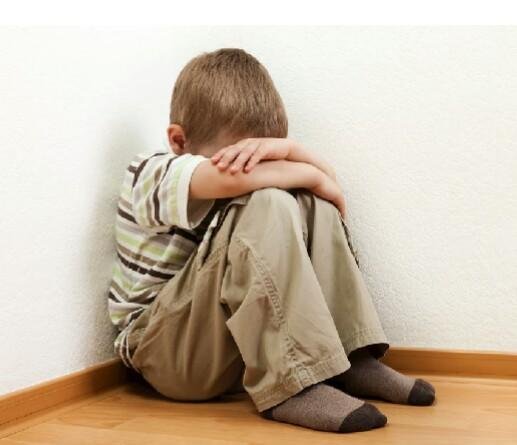
In order to speak of seasonal depression, the patient must have suffered from it for two years in a row. Those who suffer from SAD will also experience depressive periods outside the winter season, but the falling of the leaves is the strongest stimulus for their depression. SAD is accompanied by a lot of sleep and a desire for carbohydrate-rich foods.
Ten to fifteen percent of the population suffers from a form of SAD that is not serious enough to speak of a real depression: a winter dip.
Who is most susceptible to it?
The winter dip is more common in women than in men. A Scottish study1 this year questioned more than 150,000 middle-aged Brits at different times during the year. The analysis shows that women often feel lethargic and bad-tempered as the days shorten.
Earlier research2 also reported that depressions that follow the seasons occur more often in women. In winter, more women with depression are admitted to hospital, but no more men3.
Is it due to a lack of light?
Probably, but there is no certainty about that yet. A study from 2016 showed that the number of hours of sunlight has more influence on our mood than the (emotional) temperature, the air pollution, the wind speed and the amount of rain. Light therapy also relieves symptoms. In the latest research, however, the temperature was also a good way to predict a dip.